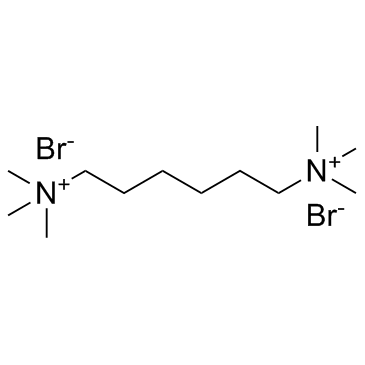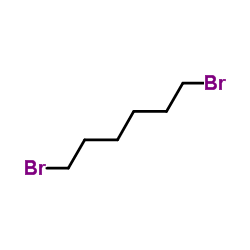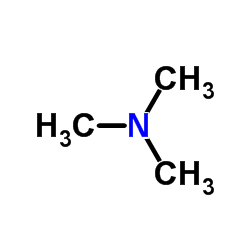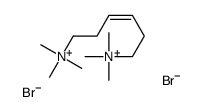55-97-0
| Name | hexamethonium bromide |
|---|---|
| Synonyms |
N,N,N,N',N',N'-Hexamethyl-1,6-hexanediaminium dibromide
N,N,N,N',N',N'-hexamethylhexane-1,6-diaminium dibromide Hexamethonium bromide,N,N,N,N',N',N'-Hexamethylhexamethylenediammoniumdibromide Hexamethonium bromide MFCD00011787 1,6-Hexanediaminium, N,N,N,N',N',N'-hexamethyl-, dibromide Hexamethylenebis(trimethylammonium bromide) 1,6-Hexanediaminium, N,N,N,N',N',N'-hexamethyl-, dibromide (9CI) N,N,N,N',N',N'-Hexamethylhexamethylenediammonium dibromide EINECS 200-249-7 1,6-Hexanediaminium, N,N,N,N,N,N-hexamethyl-, bromide (1:2) Hexane-1,6-bis(trimethylammonium bromide) Hexamethonium (Bromide) |
| Description | Hexamethonium is a non-depolarising ganglionic blocker, a nicotinic nACh (NN) receptor antagonist.Target: nAChRHexamethonium is a non-depolarising ganglionic blocker, a nicotinic nACh receptor antagonist that acts in autonomic ganglia by binding mostly in or on the NN receptor, and not the acetylcholine binding site itself. It does not have any effect on the muscarinic acetylcholine receptors (mAChR) located on target organs of the parasympathetic nervous system but acts as antagonist at the nicotinic acetylcholine receptors located in sympathetic and parasympathetic ganglia (NN). Hexamethonium bromide is a nicotinic acetyl choline receptor antagonist. Induces apoptosis and inhibits the stimulatory effect of nicotine on endothelial cell DNA synthesis and proliferation. Hexamethonium bromide hydrate is an inhibitor of AChR α3 [1-3]. |
|---|---|
| Related Catalog | |
| References |
| Melting Point | ~285 °C (dec.) |
|---|---|
| Molecular Formula | C12H30Br2N2 |
| Molecular Weight | 362.188 |
| Exact Mass | 360.077545 |
| Storage condition | Desiccate at RT |
CHEMICAL IDENTIFICATION
HEALTH HAZARD DATAACUTE TOXICITY DATA
|
| Personal Protective Equipment | Eyeshields;Gloves;type N95 (US);type P1 (EN143) respirator filter |
|---|---|
| Hazard Codes | Xn |
| Risk Phrases | R22;R24/25 |
| Safety Phrases | S22-S24/25 |
| RIDADR | NONH for all modes of transport |
| WGK Germany | 2 |
| RTECS | BQ8575000 |
|
~25% 
55-97-0 |
| Literature: Bioorganic and Medicinal Chemistry, , vol. 18, # 9 p. 2998 - 3003 |
|
~% 
55-97-0 |
| Literature: Journal of Medicinal Chemistry, , vol. 6, p. 402 - 405 |
|
~% 
55-97-0 |
| Literature: Journal of Medicinal Chemistry, , vol. 6, p. 402 - 405 |
|
~% 
55-97-0 |
| Literature: Journal of Medicinal Chemistry, , vol. 6, p. 402 - 405 |
|
~% 
55-97-0 |
| Literature: Journal of Medicinal Chemistry, , vol. 6, p. 402 - 405 |
|
~% 
55-97-0 |
| Literature: Journal of Medicinal Chemistry, , vol. 6, p. 402 - 405 |
| Precursor 7 | |
|---|---|
| DownStream 0 | |






